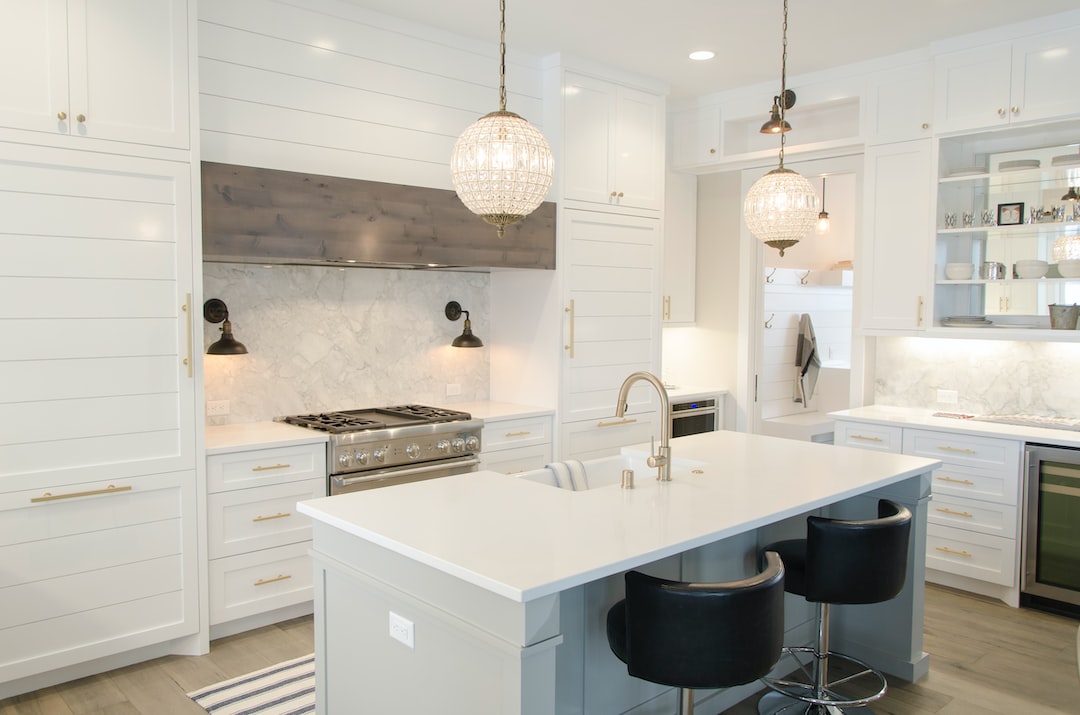Exploring the Growing Trend of Sustainable Homes
In recent years, there has been a significant shift in the housing industry towards the construction of sustainable homes. A sustainable home is built using environmentally friendly materials and incorporates energy-efficient designs to minimize its impact on the ecosystem. This emerging trend is driven by the increasing awareness of the need to conserve resources and reduce greenhouse gas emissions. This blog post will explore the growing trend of sustainable homes, its benefits, and its potential impact on the future of housing.
One of the key aspects of a sustainable home is the use of eco-friendly materials. Traditional construction materials, such as concrete and steel, are often associated with significant greenhouse gas emissions. In contrast, sustainable homes utilize materials such as recycled wood, bamboo, and reclaimed metal. These materials not only have a lower environmental impact but also provide better insulation and reduce energy consumption. Additionally, sustainable homes often incorporate features like natural ventilation and daylighting to further enhance energy efficiency.
Energy efficiency is another crucial aspect of sustainable homes. They are designed to minimize energy consumption by utilizing renewable energy sources, such as solar panels or wind turbines. Furthermore, sustainable homes are equipped with energy-efficient appliances, LED lighting, and smart home systems that optimize energy usage. By reducing reliance on fossil fuel-based energy sources, these homes contribute to mitigating climate change and reducing greenhouse gas emissions.
Water conservation is also a significant consideration in sustainable home design. From water-efficient fixtures to rainwater harvesting systems, sustainable homes aim to minimize water wastage. Low-flow showerheads, dual-flush toilets, and graywater recycling systems are some examples of water-saving solutions incorporated in these homes. By reducing water wastage, sustainable homes not only preserve a precious resource but also help reduce the burden on local water supply systems.
The benefits of sustainable homes extend beyond the environment. These homes also offer improved indoor air quality and better living conditions. The use of non-toxic materials in construction ensures that the indoor environment remains free from harmful chemicals and allergens. Moreover, sustainable homes often prioritize natural lighting and ventilation systems, which can enhance occupants’ well-being and productivity while reducing the need for artificial lighting and air-conditioning.
The growing popularity of sustainable homes is not limited to individual dwellings; the concept is expanding to entire sustainable communities. These communities are designed to promote green living, often featuring shared green spaces, urban gardens, and sustainable transportation solutions. By fostering a sense of community and shared responsibility for the environment, sustainable communities play a vital role in creating a more sustainable future.
The trend towards sustainable homes has gained considerable momentum due to government incentives and regulations. Many governments around the world are offering tax incentives, rebates, and grants for homeowners and developers who choose to build sustainable homes. Additionally, some countries have implemented building codes that require certain energy-efficient standards for new constructions. These measures encourage more people to consider sustainable homes, thus driving the growth of this trend.
As the demand for sustainable homes continues to rise, the construction industry is embracing innovative techniques and technologies. From modular construction to 3D printing, these advancements are making sustainable homes more accessible, affordable, and customizable. Furthermore, ongoing research and development in the field of sustainable materials and building methods are continuously improving the performance and durability of these homes.
In conclusion, the growing trend of sustainable homes is a positive development in the housing industry. By prioritizing eco-friendly materials, energy efficiency, water conservation, and creating healthier living environments, sustainable homes offer numerous benefits to both individuals and the planet. As government incentives and regulations further support this trend, the future of housing is set to be more sustainable and environmentally conscious. Investing in sustainable homes not only contributes to mitigating climate change but also creates a healthier and more sustainable lifestyle for future generations. Let us embrace this trend and make sustainable living the norm.
